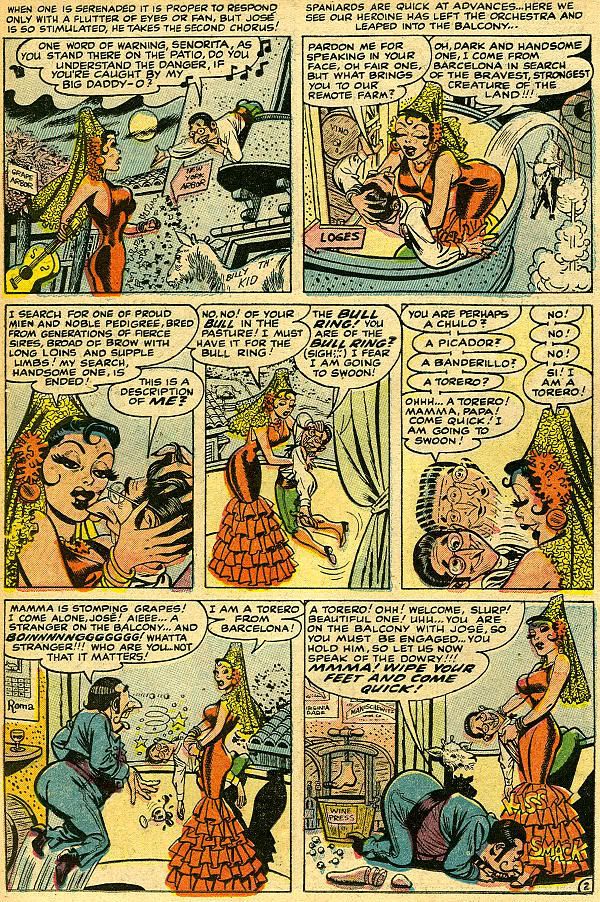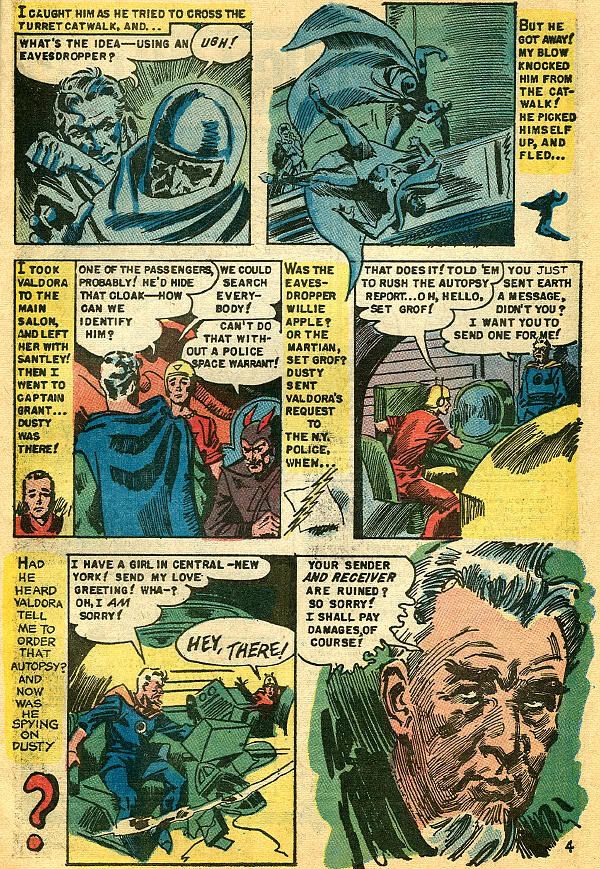
Number 196
Paperback comics
A while ago I told you how I was influenced by The Mad Reader paperback. Comics were used in paperbacks, but they were mostly reprints of newspaper comic panels, comic strips or gag panels from magazines. In the 1960s with the popularity of the Batman TV show paperbacks with comic book characters popped up on the paperback spinner racks, but whether they sold well or not I don't know.
At the time I was surprised that the EC reprints from Ballantine Books, probably influenced by the popularity of Creepy and Eerie magazines, went only one volume each. I thought there would be a whole series and was disappointed when the series didn't materialize. In that way EC reprint material frustrated us collectors who were still searching out original issues we could afford.



Here are a few other paperbacks from my collection.
The House Of Mystery isn't a reprint of the comics from that title, but text rewrites of some of the stories. It has a great Bernie Wrightson cover, though, and Jack Oleck is a writer who also did stories for EC.
Executive Comic Book is desirable because of the reprint of Kurtzman and Elder's "Goodman Goes Pl*yboy" story, originally published in Help! The publishers of Archie comics took offense and Kurtzman agreed not to reprint it; then he had Elder "disguise" the characters for this edition, after which the Archie folks got real upset. So it hasn't been reprinted since.
Tower paperbacks were reprints of their own line of comic books, which had a brief existence in the mid-1960s. The Wally Wood stuff for these comics is incredible, and the line is well remembered. Unfortunately, these paperback reprints are printed about as bad as it's possible to get. They're still fun to find in used bookstores, though.


I don't know how many editions the Batman paperback had, but there were other books in the series. DC got a lot of mileage from old material.
I like this Christopher Lee book because the stories are original to the book, and because of the Mort Drucker cover. There's also one of the best of the post-EC Johnny Craig stories, a Rudyard Kipling adaptation called, "The Mark Of The Beast."
My favorites I've saved for last. Humbug was Kurtzman's attempt to recreate the lightning-in-a-bottle he had created with Mad, and apparently Ballantine Books was hoping it would have the success of their Mad paperbacks. The Jungle Book I bought off the stands when it came out in 1959, and I had Harvey sign it for me in the 1980s. It's one of those things I'll never let go.




































